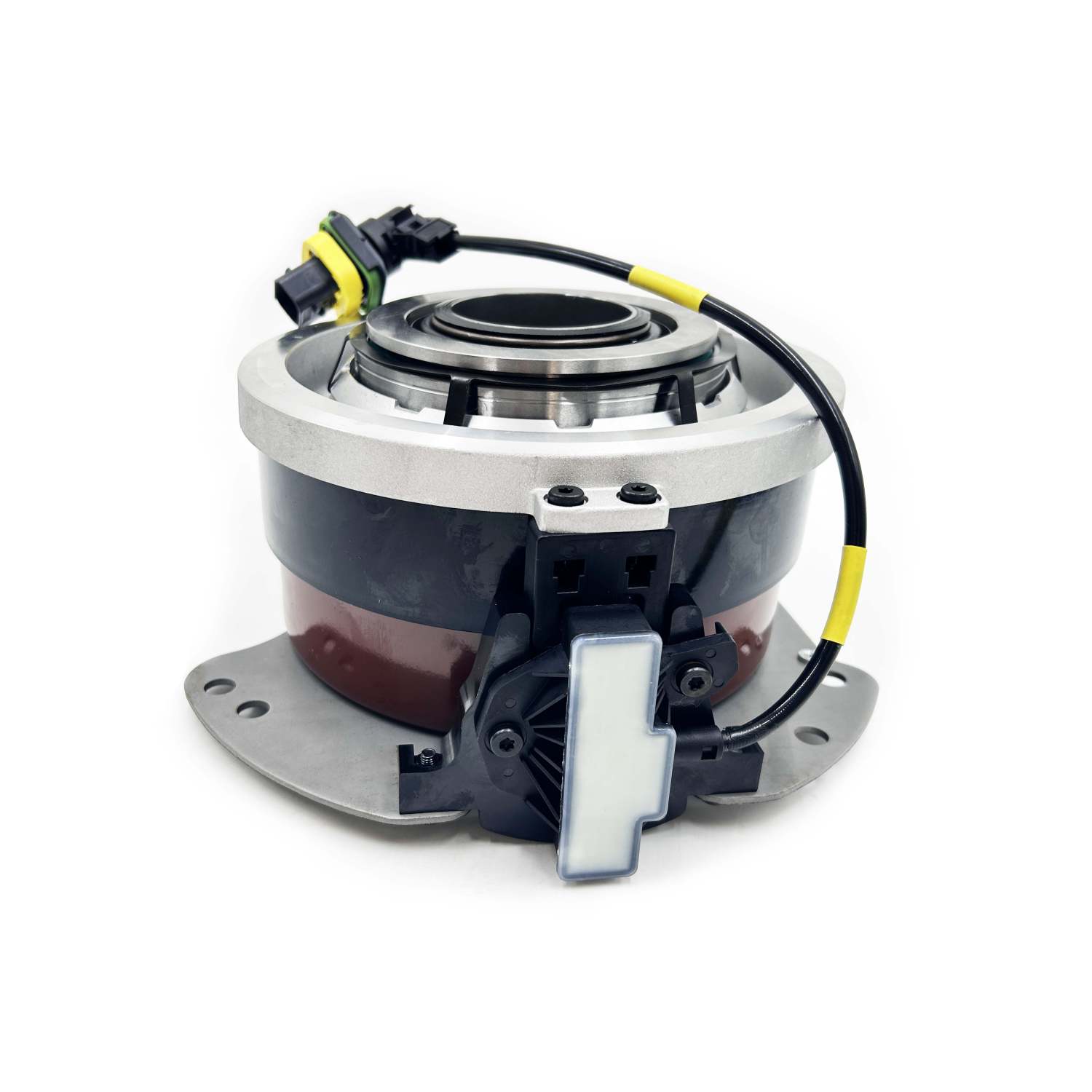- English
- Español
- Português
- русский
- Français
- 日本語
- Deutsch
- tiếng Việt
- Italiano
- Nederlands
- ภาษาไทย
- Polski
- 한국어
- Svenska
- magyar
- Malay
- বাংলা ভাষার
- Dansk
- Suomi
- हिन्दी
- Pilipino
- Türkçe
- Gaeilge
- العربية
- Indonesia
- Norsk
- تمل
- český
- ελληνικά
- український
- Javanese
- فارسی
- தமிழ்
- తెలుగు
- नेपाली
- Burmese
- български
- ລາວ
- Latine
- Қазақша
- Euskal
- Azərbaycan
- Slovenský jazyk
- Македонски
- Lietuvos
- Eesti Keel
- Română
- Slovenski
- मराठी
- Srpski језик
How to judge whether the car's Clutch Release Bearing is faulty?
2024-05-11
In daily life, after a car breaks down, we must first determine which phenomenon belongs to the car's Clutch Release Bearing.
After the engine is started, lightly press the clutch pedal. When the free travel is just eliminated, a "swishing" or "squeaking" sound appears. Continue to press the clutch pedal. If the sound disappears, it is not a Clutch Release Bearing problem. If there is still a sound, it is The sound made by Clutch Release Bearing.
During inspection, you can remove the clutch bottom cover, depress the accelerator pedal a little, and slightly increase the engine speed. If the sound increases, you can observe whether there are sparks.
If there are sparks, it means the Clutch Release Bearing is damaged. If the sparks come out in streams, it means that the Clutch Release Bearing balls are broken. If there are no sparks but the sound of metal breaking occurs, it indicates excessive wear.




